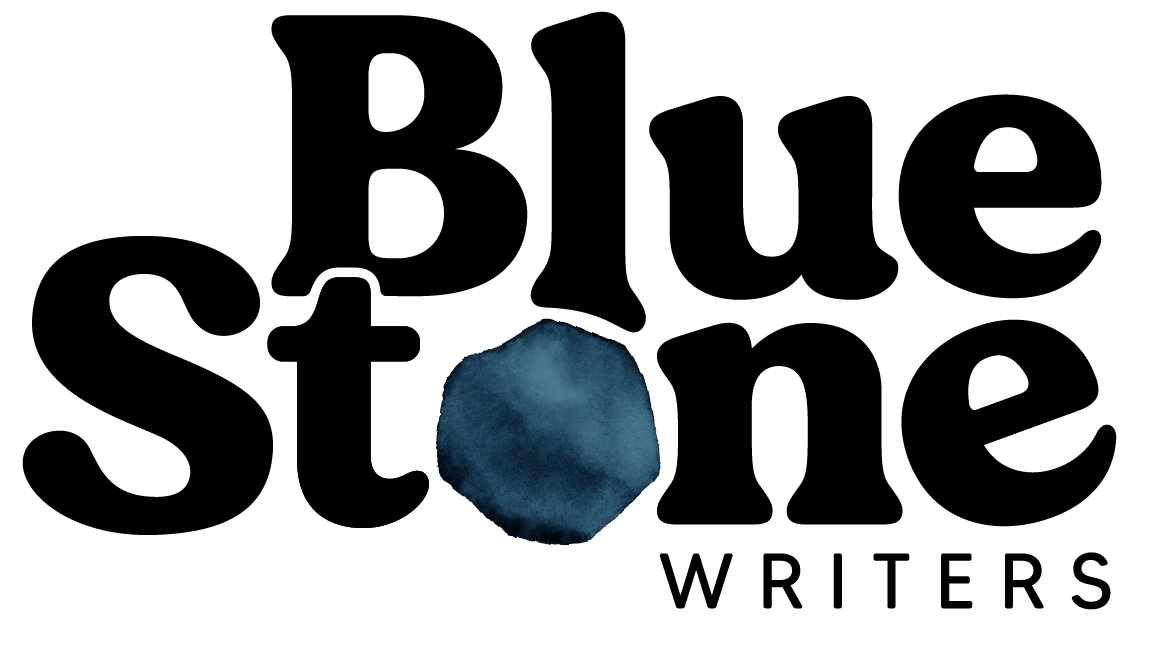Explore your character’s wounds to discover what healing looks like.
Amid some tumultuous developments in the lives of my family and friends, I have had the fraught chance to consider illness and healing more closely than usual. These are heavy subjects, in part because they force us to reckon with mortality–our own and other people’s.
Illness and healing take many forms, including physical, mental, emotional, and spiritual, and I have found that the overlap between all these facets is extensive.
Because illness and healing are so ubiquitous, they are impossible for our characters to escape, whether they want to or not. In the case of others’ illness, feelings of grief and loss may commingle with helplessness and anger. And when our character themself is ill, they may wrestle with feelings of being burdensome or incompetent, regardless of the reality.
Healing can be a tumultuous process as well. It is rare that a character emerges from illness unscathed, and taking a closer look at the price of wellness can offer insight into what your character is willing to give up and what they hold most dear.
Guided Writing: Blurring the Lines
Quick recommendation: Take these prompts slowly. They deal with weighty topics, and there’s no need to push yourself too far. As my yoga teacher says, find your edge, but don’t jump off!
Let’s begin with physical illness. In what ways is your character hurt or sick in the most surface-level way? Maybe they have the flu, chronic pain, or a gunshot wound. Maybe all three at once! Delve into the sensation of these experiences: the runny nose, achy bones, and sticky blood, noting at least one detail for all five senses. Write for five minutes.
Next, consider how less obvious illnesses (mental, emotional, and spiritual) manifest in your character’s body. Perhaps their jaw locks in the morning if they go to bed anxious, or a raised voice makes their heart race. Look to your character’s past for key traumatic events, and see how they may be realized in the body to this day. Write for seven minutes.
When your character is overwhelmed by their illness, to whom do they reach out for help? A friend? A teacher? An enemy? Even if your character is usually one to keep their hurt to themself, place them in a situation in which they have no choice but to ask for help in a vulnerable moment. If you like, use this dialogue to begin: “It hurts. Please help me.” Write for ten minutes.
What does healing look like for your character? This may be obvious in the case of a physical wound, but it becomes more ambiguous when addressing internal hurts or even chronic illness. And sometimes there are illnesses that can’t be healed, forcing your character’s perception of what healing looks to change over time. Write for six minutes.
Is there a price for this healing? The literal cost of medicine certainly counts, but maybe the price is deeper: a scar, a limb, a peer’s respect, or your character’s pride. What is your character willing to give up to be healed? Write for ten minutes.
Shifting slightly to the left, think of ways that your character reacts to other peoples’ illnesses. How does this differ from their reactions to their own illness? Are they more or less compassionate? Perhaps they’re happy to offer help but less ready to receive it. Write for eight minutes.
As we draw to a close, reflect on any patterns of illness and healing that have emerged in your character. These patterns may range from generational trauma and hereditary illness to relationships between physical and emotional harm. Write for three minutes.
Want Tarot-inspired writing prompts? Subscribe to The Fool & the Page or follow @foolandthepage on Instagram for regular updates.
KAY TEEKELL is a blue stone and fellow creative writer. She works as a writer and editor at Risk Assistance Network + Exchange and has worked with Claire in several capacities over the last few years. Kay is passionate about the power of storytelling and will continue to develop her literary talents for the rest of her life.


